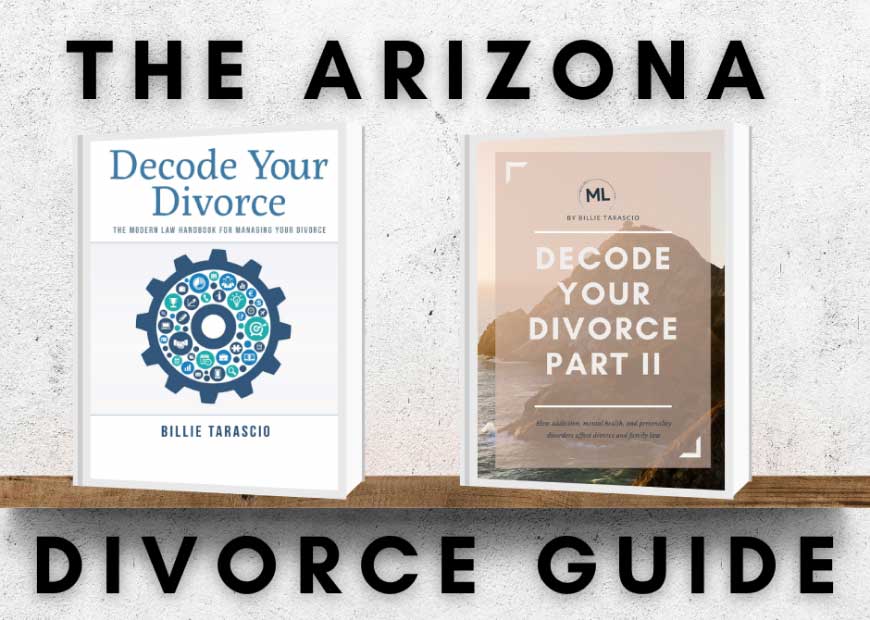How to Build A Settlement Offer
Negotiating a favorable settlement, like litigation, is an art. However, where most attorneys spend years honing trial skills, too few attorneys invest enough time and energy into learning How to Build A Settlement Offer.
While it is not possible to reach a favorable settlement in every case, at Modern Law, we believe it always beneficial to explore settlement options.
The first step to achieving settlement success is building a game plan. Favorable settlements do not just happen. From start to finish, the best settlement strategy is one where each step is intentional.
With this in mind, here are a few pointers to help you navigate the murky waters of settlement negotiations:
- Prioritize the Issues: Make a list of all the issues and organize them by order of priority. Then make a similar list based on what you believe the other party’s priorities to be. This is a great starting exercise because most people prioritize the issues differently, which can be used to create leverage. For example, let’s say your primary goal is to have equal parenting time, and you know the other party’s primary goal is to remain in the marital residence. You do not care one way or the other whether the other party stays in the house, but by taking a tough stance on the issue, you can create a pressure point that will make the other party more willing to agree to equal parenting time.
- Determine Settlement Ranges: For each issue, identify what would be your ideal settlement and what is the lowest offer you would accept. For example, ideally you would like to receive $2,000/month in spousal maintenance for five years, but as a bottom line, you could survive on $1,200/month for three years. Knowing these ranges before you start negotiating is important so you can properly evaluate offers from the other side.
- Filter Your Tone and Arguments: It amazes me how often I receive settlement offers that are overly aggressive, derogatory, or just plain rude. This a terrible tactic because it immediately puts the receiving party on the defensive, which is counter-productive to the ultimate goal of getting them to agree with you. Everything you do while pursuing a settlement needs to be filtered to promote agreement. In other words, rather than focusing why the other party’s position is wrong, tell the other party why your offer is advantageous to them.
- Initial Discussion with the Other Side: Rather than jumping right into the details, your first settlement interaction with the other party should be focused on discussing the issues in broad terms and developing a positive foundation for future settlement discussions. This should be more of a brainstorming/information gathering session to confirm the other party’s goals, priorities, and interest in settlement.
- Offer Format: Before you make an offer on an issue, tell the other party what you will ask for at trial. Obviously, what you will ask for at trial will be higher than your settlement offer. This is a great technique because it creates the impression that you have “given something up.” The other party will be more willing to compromise if they believe you are compromising as well. For example, consider the following spousal maintenance offer: At trial, Mr. Doe is confident the judge will award Mrs. Doe less than $500/month. However, to facilitate settlement and avoid the cost of trial, Mr. Doe is willing to pay $700/month.








